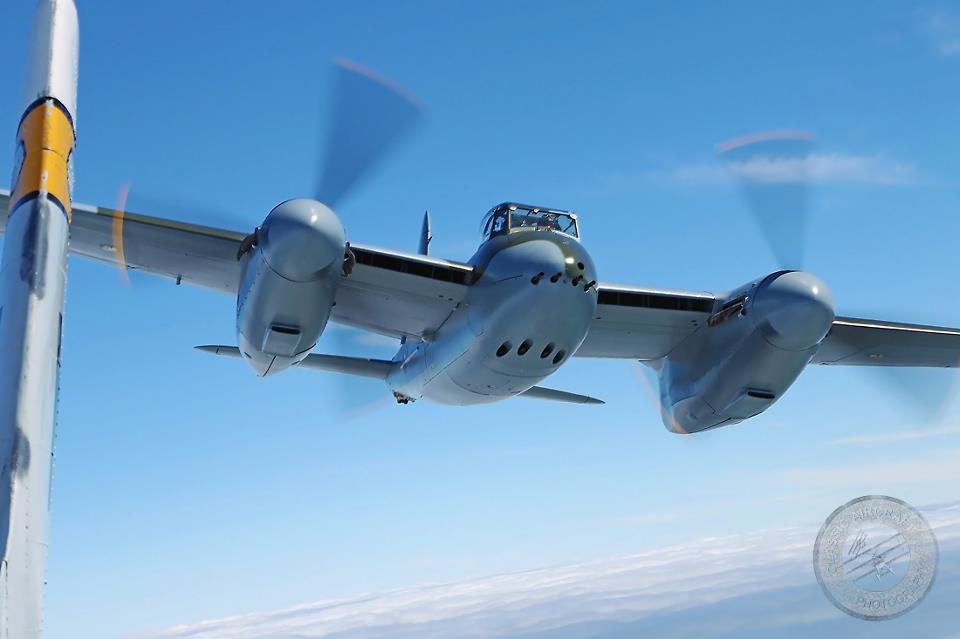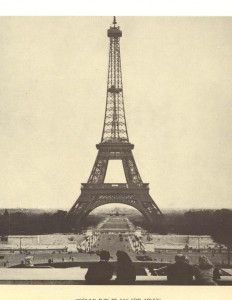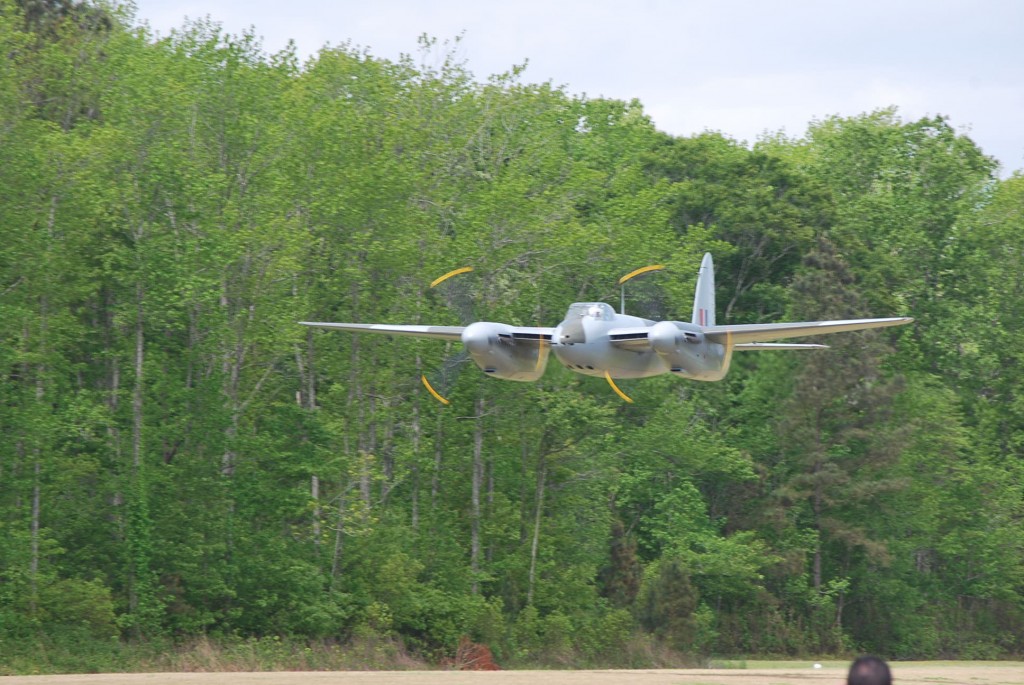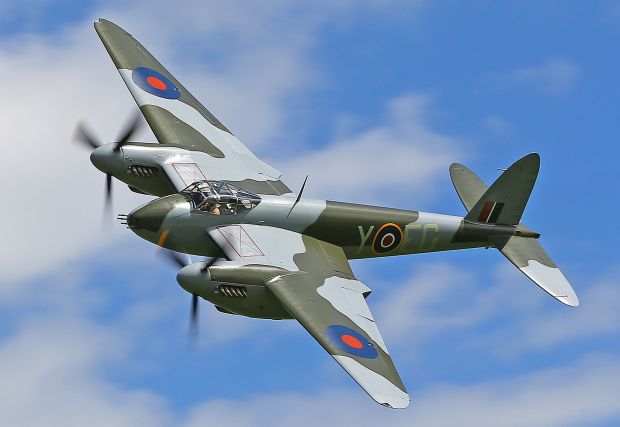The Mosquito, or ‘Mossie’ for short, was one of the great British success stories of the Second World War and afterwards. Made from wood, and with two very powerful engines, she was the fastest aeroplane in the war until the advent of the Messerschmitt Me262 jet fighter.
The wooden construction meant that she was probably one of the first ‘stealth’ aircraft (because wood doesn’t show up all that well on radar). But the Mossie was a true multi-role combat aircraft, made in many different versions for many different roles, and displaying the design’s real versatility.
However, it was in the low-level role that the Mossie really excelled. On one famous occasion, a Mosquito raid breached the walls of the Amiens prison, where the occupying German forces were holding a number of French Resistance and political prisoners. The raiding aircraft went in at an extremely low-level, some 50 feet above the ground, and at a speed of about 300mph or so. That’s some flying!
To illustrate this, here’s a very special photo of a Mosquito flying under the Eiffel Tower in the autumn of 1944; you might need to click the photo to get the full-size image up so you can see the aeroplane:
As you can see from the last two pictures, the Mosquito has very clean lines and a small frontal profile; respectively, these features make for high speed and low radar signature (how well it shows up on radar – the less, the better)
Most of the photos on this page are of one of the two airworthy Mosquitos remaining in the world; this aircraft was stored in a field for 30 years or more. Restored over a period of eight years by New Zealand company AVspec, the aircraft now resides in the USA.
Here’s a shot of that aircraft flying low over a lake near the factory where it was restored:
So there she is – the Mosquito, another Beautiful Destroyer. Of course, this is yet another aeroplane I’d love to fly.
In my dreams!







Re: photo of Mosquito flying under the Eiffel Tower:
This is most probably a fake … the lineup of the Eiffel Tower and foreground is formally and exactly centered and precise — all the earmarks of a classically setup large format camera on a tripod. The Mosquito aircraft has both propellors shown clearly stopped — something no conventional camera of the day was capable of doing. The props were turning thousands of revs a minute and the shutter speed of most cameras was typically 1/60th or 1/125th of a second — far too slow to show the props as anything but a faint blur. The slow camera shutters and slow films then in use would have made the aircraft noticeably blurred as it approached at high speed. The aircraft appears to have cleared the tower base and is over the plaza, but is still seen straight on. One would hope the pilot would be then be pulling up sharply to clear the building in the foreground and gain some desperately needed altitude. The day was not sunlit, but apparently a grey overcast, further slowing shutter speed required to get a correctly exposed image (bright sunlight might have enabled a higher shutter speed). The perfect composition also reveals that the people in the foreground are casually viewing the scene and not reacting to the jaw-dropping stunt that has been unfolding in front of them — no amazement, no bracing for what could be a head-on impact. They do not seem to be looking directly at the approaching aircraft which is aimed squarely at them. And none of the people on the plaza seem to be reacting to the buzz job of this loud propeller driven bomber, which everyone would certainly have heard and seen approaching. A Mosquito apparently did fly under the Eiffel Tower during the war, but this photo is most likely a combined fabrication created after the fact to illustrate the event using darkroom magic and retouching. News “snap shots” as we know them today were a rarity in the 1940’s and the bulky press cameras and dual lens Rolleiflex and Kodak box cameras were difficult to quickly aim for an unplanned grab shot like this. There were small 35mm Leica cameras in use, but the miniature size of the negative would show telltale grain in the print, which seems not to be the case here. Lastly, if any professional photographer had the amazing luck to capture this striking image, he (or she?) would proudly claim ownership of it and have collected royalties and lasting professional prestige — the fact that the photographer remains “unknown” is suspicious.
It’s still a stunt I’d love to pull, myself. You didn’t read that here, though! 😉